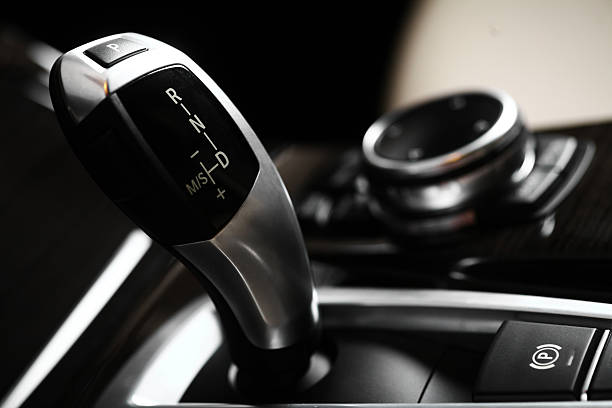Automatic transmissions stand as marvels in automotive engineering. Their intricate design simplifies driving by integrating a web of circuits and electrical operations. While this complexity offers convenience, it also introduces several potential points of failure. This contrasts with the simplicity of manual transmissions.
Automatic Transmission Lifespan Factors
The durability of an automatic transmission depends on various elements. Typically, these transmissions last between 150,000 to 200,000 miles, or around 7 years. Driver habits, maintenance practices, and overall vehicle health play vital roles in this longevity. Unfortunately, many vehicle owners overlook regular transmission checks, which could prevent minor issues from becoming major problems.

Comparison with Manual Transmissions
Manual transmissions operate on a simpler principle compared to their automatic counterparts. Their design excludes complex hydraulic circuits and intricate electronic components, leading to fewer failure points.
However, this doesn’t guarantee longevity for manuals. Challenges, such as frequent clutch replacements, come with their territory. Depending on the vehicle type, clutch replacements can strain one’s pocket.
Rebuilt Transmissions: A Renewed Perspective
Choosing to rebuild a transmission can significantly extend its functional life. A well-executed rebuild rejuvenates the transmission to near-original condition. This involves updating worn parts, refreshing seals, and ensuring the unit operates smoothly.
While there’s an upfront cost, a meticulously rebuilt transmission can offer an impressive mileage range, given proper care.
Recognizing Transmission Replacement Signs
Knowing when to repair or replace a transmission can be challenging. Though there’s no standard age or mileage marking a transmission’s end-of-life, certain signs shouldn’t be ignored. Persistent indicators like fluid leaks, burning odors, erratic shifts, or unusual sounds often signal substantial transmission issues. In certain cases, replacing might be a more economical choice over continuous repairs.
Prevention: The Key to Transmission Longevity
Two major aspects influence transmission life: driving habits and maintenance schedules. Avoid aggressive driving, frequent abrupt stops, and driving before the car warms up. Manufacturers provide maintenance guidelines for a reason; adhering to them can extend the transmission’s life.
Research is also pivotal. Some automotive brands gain recognition for their transmission durability, making them a wise pick.
Tips to Enhance Automatic Transmission Longevity
- Regular Checks: Periodic maintenance is crucial. Change the transmission oil and filter at the intervals recommended by the manufacturer. For many vehicles, flushing out the fluid every 40,000 to 50,000 miles proves beneficial.
- Keep an Eye on Fluid Levels: Transmission fluid dissipates heat. Maintaining the optimal level ensures the transmission operates efficiently.
- Opt for Synthetic Fluids: These fluids resist heat degradation better than their non-synthetic counterparts, offering superior protection, especially under demanding driving conditions.
- Consider a Transmission Cooler: Prolonged exposure to high temperatures can compromise the transmission’s function. A cooler helps manage and mitigate this heat, especially during intense driving.
- Drive Wisely: Avoid sudden accelerations, give your car time to warm up in colder climates, and always halt the vehicle before shifting gears. Such practices can significantly reduce strain on the transmission.
In conclusion, while transmissions might seem complex, with proper care and timely intervention, their life can be optimized. Seeking advice from experts at the first sign of trouble can save both time and money in the long run.

Editorial Staff
Our writers, editors, content managers, and SEO specialist. We all take part in crafting amazing articles. We spend hours ensuring that each article is based on facts, researched, and thorough. You'll never want to click the back button to look for more answers other than here!
